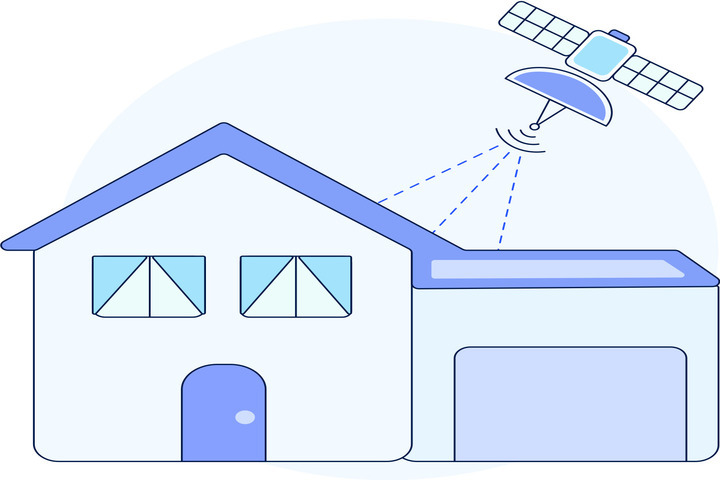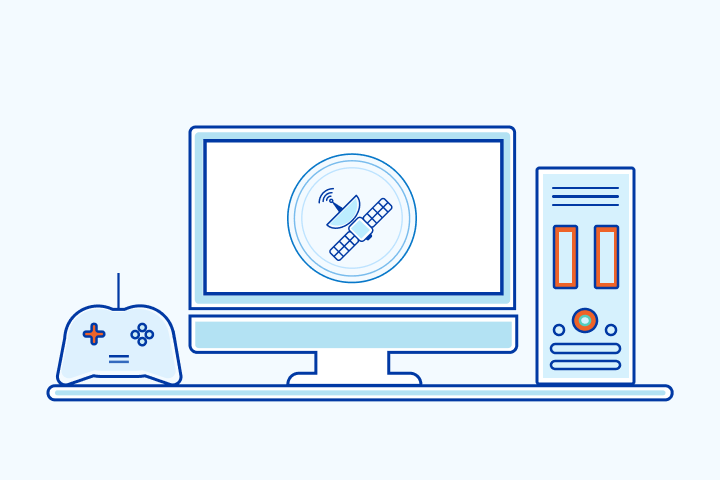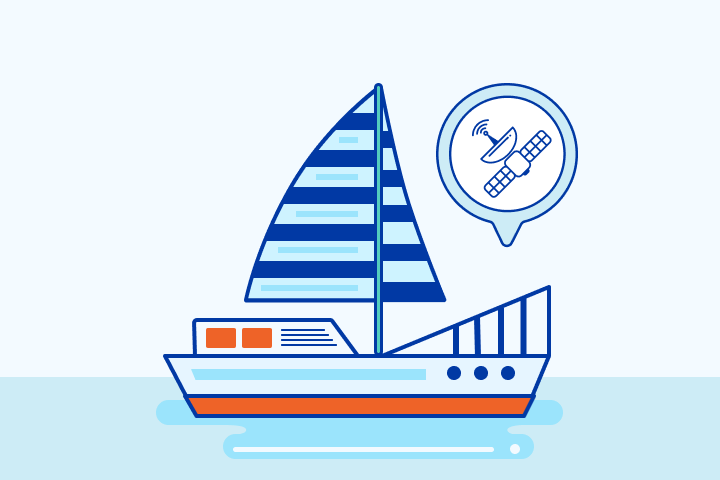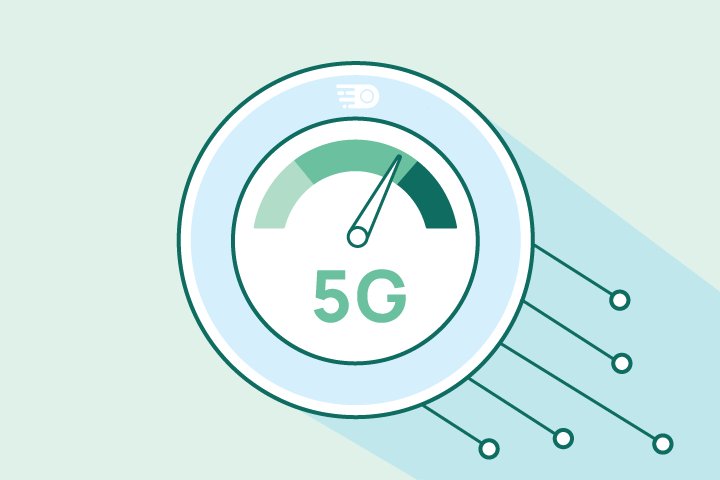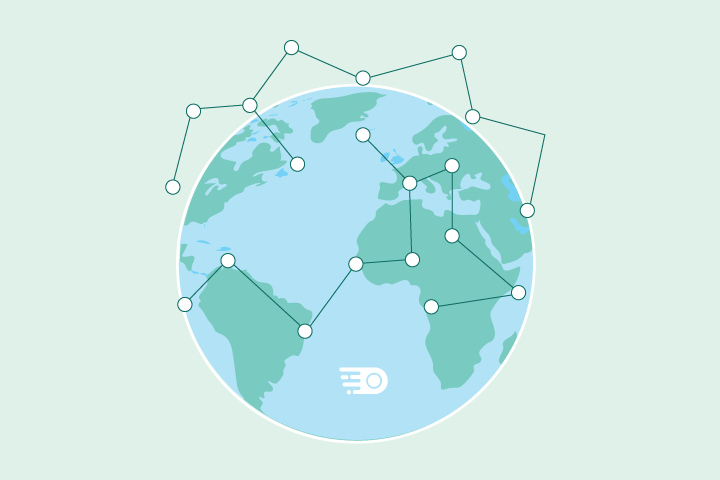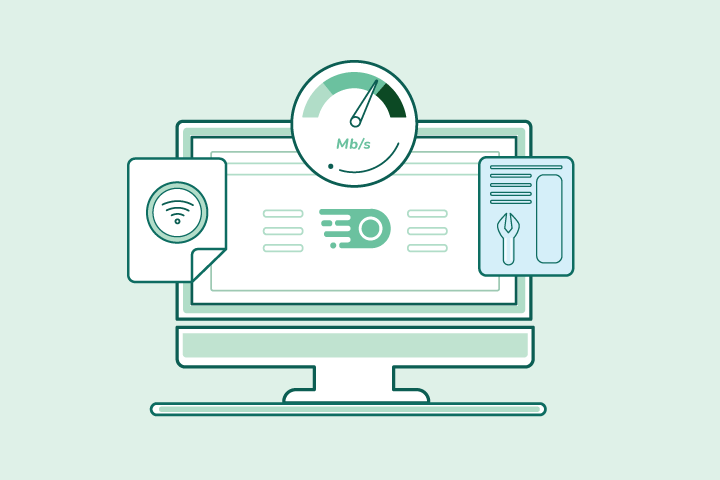Kuiper vs Starlink: Which Satellite Internet Service Is Better?
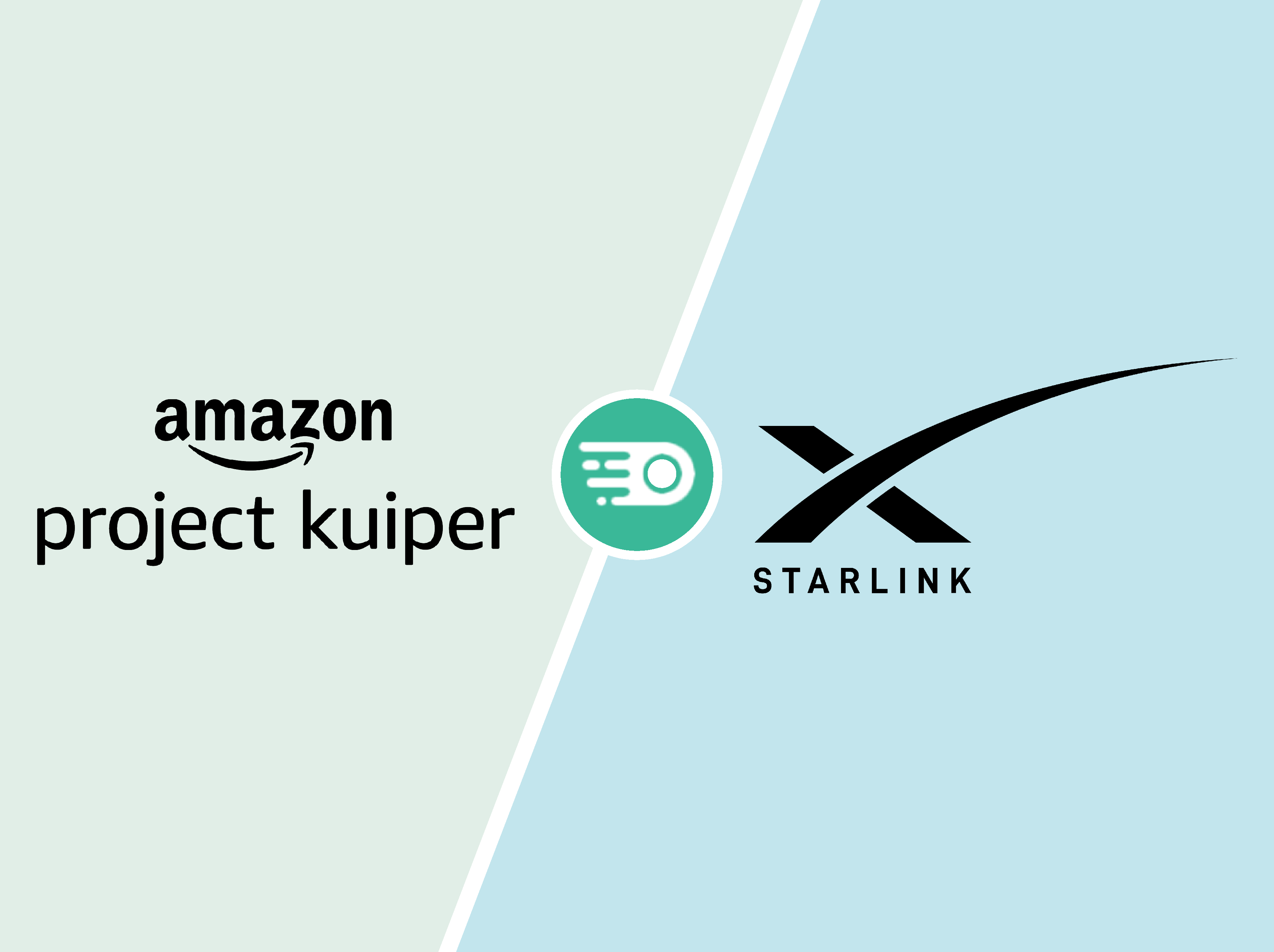
HighSpeedOptions prides itself on providing honest, quality content. While we may be compensated when you make a purchase through links on our site, all opinions are our own. Here's how we make money.
Table of Contents
What’s the difference between Starlink and Amazon’s Project Kuiper?
Kuiper vs Starlink is quickly becoming the defining rivalry in the satellite internet space. Starlink, developed by SpaceX, is already active in over 125 countries. Meanwhile, Amazon Satellite Internet—via Project Kuiper—is preparing to roll out global service, beginning with underserved areas. Both companies aim to expand connectivity through large-scale LEO satellite constellations, but they differ in deployment timelines, technology strategies, and infrastructure integration.
Let’s break down how Kuiper satellites compare to Starlink, and which service may be right for you.
Deployment: Who’s Winning the Satellite Race?
Starlink: Established Leader in Space
- Launched in 2019, Starlink currently operates 7,000+ satellites.
- Approved for a constellation of up to 30,000 satellites.
- Offers service to 5+ million users worldwide.
Project Kuiper: Amazon’s Challenger
- Launched 27 Kuiper satellites as of April 2025.
- Plans to deploy 3,236 satellites by 2029.
- Must activate 1,618 satellites by July 30, 2026 to meet FCC requirements.
Key Takeaway: While Starlink is operational and global, Kuiper is in early deployment but backed by Amazon’s deep infrastructure and launch capabilities.
Coverage & Target Users
| Feature | Starlink | Kuiper |
| Current Availability | Global (125+ countries) | Deployment begins late 2025 |
| Primary Focus | Global coverage, including oceans and polar regions | Underserved and rural regions (initially mid-latitudes) in Argentina, Brazil, Chile, Columbia, Ecuador, Peru, and Uruguay |
| Network Type | LEO satellite constellation with laser-linked routing | LEO satellite system relying on Amazon Web Services ground stations |
| Feature | Current Availability |
| Starlink | Global (125+ countries) |
| Kuiper | Deployment begins late 2025 |
| Feature | Primary Focus |
| Starlink | Global coverage, including oceans and polar regions |
| Kuiper | Underserved and rural regions (initially mid-latitudes) in Argentina, Brazil, Chile, Columbia, Ecuador, Peru, and Uruguay |
| Feature | Network Type |
| Starlink | LEO satellite constellation with laser-linked routing |
| Kuiper | LEO satellite system relying on Amazon Web Services ground stations |
Starlink has led the way with rapid expansion. Project Kuiper, while not fully live, is positioning itself to close the digital divide in underserved regions using its own satellite internet constellation.
Technology Breakdown: How Do These Systems Work?
Starlink Satellites
- Operates at ~550 km altitude.
- Uses inter-satellite laser links for near-instant data routing.
- Offers latency as low as 20–60 ms, great for gaming and video calls.
Kuiper Satellites
- Operate slightly higher at 590–630 km, with three distinct orbital shells.
- No laser links yet—relies on AWS infrastructure and ground stations for connectivity.
- Three types of user terminals planned:
- Standard terminal: Up to 400 Mbps
- Compact terminal: Up to 100 Mbps
- Jumbo terminal: Up to 1 Gbps
Did You Know? Kuiper’s satellite design helps offset signal power loss from higher altitude by using larger antennas and AWS’s global cloud backbone.
Pricing and Equipment
Starlink
- Residential plans: starting at $50/month
- One-time equipment cost: starting at $299
- Higher-tier business and maritime plans also available
Kuiper
- Pricing TBD, but Amazon promises affordability
- Mass production modeled after Echo and Fire TV devices
- Amazon aims to undercut Starlink’s pricing through economies of scale
Infrastructure Edge: While Starlink builds everything in-house, Amazon is leveraging its AWS infrastructure and diverse launch partners, including Blue Origin and ULA, to scale quickly.
Satellite Constellation Design
Both Starlink and Kuiper use LEO satellite systems, which deliver lower latency than traditional geo stationary satellites or MEO satellite options. But their constellation design varies.
| Feature | Starlink | Project Kuiper |
| Satellite Count (Planned) | 7,000–30,000 | 3,236 |
| Orbital Altitude | ~550 km | 590–630 km |
| Constellation Type | Shell-based mega-constellation | Tiered shell constellation |
| Latency | Lower (20–60 ms) | Slightly higher (below 100 ms) |
| Routing | Inter-satellite laser mesh | Ground station/AWS cloud dependent |
| Polar/Ocean Coverage | Yes | Not at initial launch |
| Feature | Satellite Count (Planned) |
| Starlink | 7,000â30,000 |
| Project Kuiper | 3,236 |
| Feature | Orbital Altitude |
| Starlink | ~550 km |
| Project Kuiper | 590â630 km |
| Feature | Constellation Type |
| Starlink | Shell-based mega-constellation |
| Project Kuiper | Tiered shell constellation |
| Feature | Latency |
| Starlink | Lower (20â60 ms) |
| Project Kuiper | Slightly higher (below 100 ms) |
| Feature | Routing |
| Starlink | Inter-satellite laser mesh |
| Project Kuiper | Ground station/AWS cloud dependent |
| Feature | Polar/Ocean Coverage |
| Starlink | Yes |
| Project Kuiper | Not at initial launch |
Expert Insight: The Bigger Picture
“Amazon has the balance sheet and the technology,” says Caleb Henry, director of research at Quilty Analytics told the Financial Times. “Kuiper intends to make tens of millions of terminals. When you get the volumes, that is when you drive terminal prices down to affordable consumer rates. When you get to consumer rates, your market explodes.”
Both companies are investing billions in next-gen tech to push past the limits of traditional geo stationary satellite systems.
Kuiper vs Starlink: Which Should You Choose?
| Factor | Choose Starlink If… | Choose Kuiper If… |
| Availability | You need service now | You can wait until late 2025+ |
| Location | You live anywhere, including remote areas | You’re in an underserved area targeted by Amazon |
| Speed | You want real-world tested performance | You want gigabit potential with AWS integration |
| Reliability | You want proven uptime and infrastructure | You’re betting on future performance and affordability |
| Factor | Availability |
| Choose Starlink If⦠| You need service now |
| Choose Kuiper If⦠| You can wait until late 2025+ |
| Factor | Location |
| Choose Starlink If⦠| You live anywhere, including remote areas |
| Choose Kuiper If⦠| You’re in an underserved area targeted by Amazon |
| Factor | Speed |
| Choose Starlink If⦠| You want real-world tested performance |
| Choose Kuiper If⦠| You want gigabit potential with AWS integration |
| Factor | Reliability |
| Choose Starlink If⦠| You want proven uptime and infrastructure |
| Choose Kuiper If⦠| Youâre betting on future performance and affordability |
Final Thoughts: Kuiper vs Starlink
The battle between Kuiper vs Starlink is more than just a tech rivalry—it’s a race to redefine how the world connects.
Starlink holds the early lead, offering fast, low-latency service globally via its vast LEO satellite constellation. Project Kuiper, though still ramping up, is backed by Amazon’s scale, cloud expertise, and a strategic focus on underserved communities.
Whether you’re comparing satellite internet options today—or watching for what’s next—this showdown will shape the future of connectivity far beyond Earth.
Want to see which satellite internet providers are available near you?
Find providers in your area
Table of Contents




